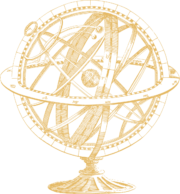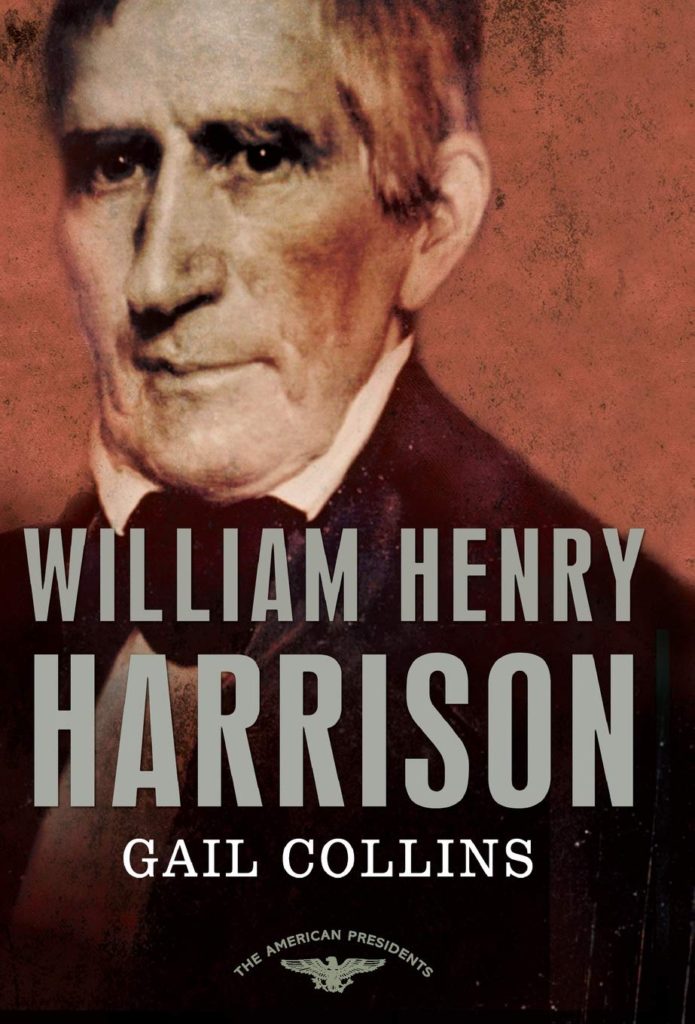What’s the cause of this commotion, motion, motion
Our country through?
It is the ball a-rolling on
For Tippecanoe and Tyler too!
When historians arrive at the 9th president, they face a conundrum. How do you properly assess the legacy of someone who was only president for 31 days? I applaud Gail Collins for her efforts in William Henry Harrison because she manages to paint a very rich portrait of Old Tippecanoe. She shows how his modest resume turned into a hard cider-drinking legend; shines a light on his decidedly unprogressive views on blacks and Indians; highlights the importance of picking a good VP; and reminds us all why building the president’s house in a swamp downstream from a sewage dump is not a great idea.
31 Things to Know About William Henry Harrison, One For Each Day of His Presidency
- Father was Benjamin Harrison V, twice governor of Virginia and a signer of the Declaration of Independence.
- Grandfather of future president Benjamin Harrison.
- Staunch advocate of Veteran’s Affairs and military education.
- Married the daughter of the Colonel under whom he served.
- Wife Anna was first wife of an American president known to have been educated outside the home.
- When WHH wanted to join the military his family friend, then-president George Washington, signed off on the commission personally.
- Spent most of his life in debt because he was bad at business, bad at investing, bad at farming, had a huge family and took in many others besides.
- Joined the army in 1791 and also served in many varied public offices, including:
- Secretary of the Northwest Territory
- Delegate to the US House from the NW Territory
- Governor of the Indiana Territory
- US House Representative
- Ohio State Senator
- US Senator
- Short-lived envoy to Colombia
- County Court Clerk in Cincinnati
- President of the United States
- Oddly, in that order.
- As Indiana Territory Governor, WHH acquired a shit load of land from Native tribes. This was his main task, assigned by the Jefferson Administration, so that white settlers might flow there and make Indiana a state.
- Once wrote it was only proper that “one of the fairest portions of the globe” be put to use rather than wasted in “a state of nature, the haunt of a few wretched savages.”
- Jefferson suggested the economic hitman approach of running up a tab against the Natives which would force them to trade much of their land to repay it. In a letter from the third president, “we observe that when these debts get beyond what the individuals can pay they become willing to lop them off by the cessation of lands.”
- Though he didn’t own slaves himself, he didn’t fight the practice either. While governor, he petitioned the federal government to allow slaves in the Northwest Territory, arguing it would retain more “valuable citizens possessing slaves” who were choosing instead the other side of the Mississippi. Congress declined, though via several work around laws these people were ostensibly allowed to bring in their slaves and just call them something else.
- WHH disliked the institution of slavery but felt strongly it could not be abolished without consent of the slave owning states.
- Like others before him, he was in favor of rounding up all Blacks, slave and free, and sending them back to colonies in Africa. He even gave a speech in 1833 suggesting that, with states’ permission, the federal revenue surplus be used to buy all current slaves, liberate them and ship them to new colonies elsewhere.
- Harrison’s dealings with the Native Americans sometimes turned hostile. One of these engagements would become his namesake and prove the degree to which facts can be massaged when a legend is needed to win an election.
- The Battle of Tippecanoe came about when Harrison marched around 1,100 soldiers to confront Tecumseh and his brother who were raising a resistance force at Prophetstown near the Tippecanoe River.
- Warriors from the town attacked their encampment, which Harrison completely failed to fortify, and the Americans were caught completely by surprise. With superior numbers (almost a 2-to-1 American advantage), the white men regained the upper hand and forced the Natives to retreat.
- Marching on the now-abandoned town the next day, Harrison promptly burned it to the ground. Far from the decisive, heroic feat it would later be portrayed as, “Tippecanoe” Harrison lost more men than his opponent and did not slow the rebel recruiting efforts at all. He would eventually get the better of Tecumseh at the Battle of the Thames, but Thames doesn’t sound as good in a campaign jingle.
- The jingle, “Tippecanoe and Tyler, too!” was used to incredible effect. The now-organized Whig Party saw a chance to vote out Martin Van “Ruin” after the monetary mishandling of the Panic of 1837. They just need a war hero. And a catchy tune.
- The common wisdom is that he died of pneumonia because he gave a long inaugural speech (2 hours, a record!) in the cold rain without an overcoat. However, Lillian Cunnigham’s awesome Presidential Podcast, among others, suggests new research pointing to the horrid drinking water at the White House being the lethal agent.
- As his illness raged, a team of doctors applied such an invasive and painful treatment that his attempted remedies may have done even more damage than his infection.
Follow-Up Reading
- Mr. Jefferson’s Hammer: William Henry Harrison by Robert Owens
- Old Tippecanoe: William Henry Harrison and His Time by Freeman Cleaves
- The President is Dead! by Louis L Picone

